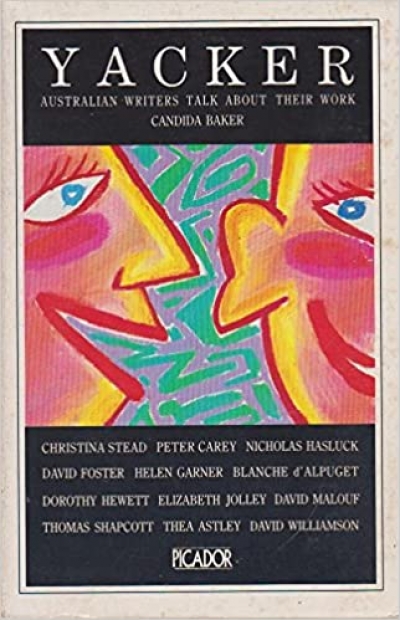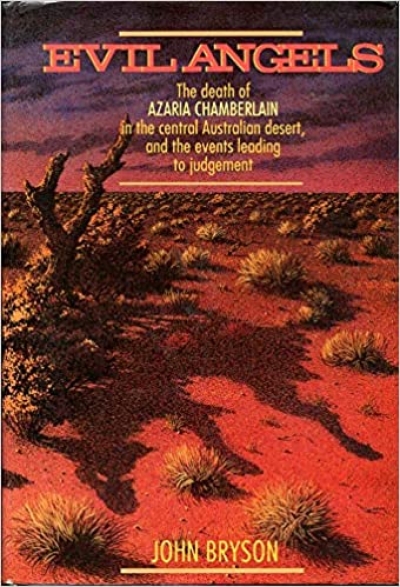Penguin
Australian Women Poets edited by Susan Hampton and Kate Llewellyn
by Helen Thomson •
Yacker by Candida Baker & Rooms of Their Own by Jennifer Ellison
by Kerryn Goldsworthy •
Transgressions edited by Don Anderson & The Australian Short Story by Laurie Hergenhan
by Mary Lord •
The Morality of Gentlemen by Amanda Lohrey & This Freedom by John Morrison
by Laurie Clancy •










